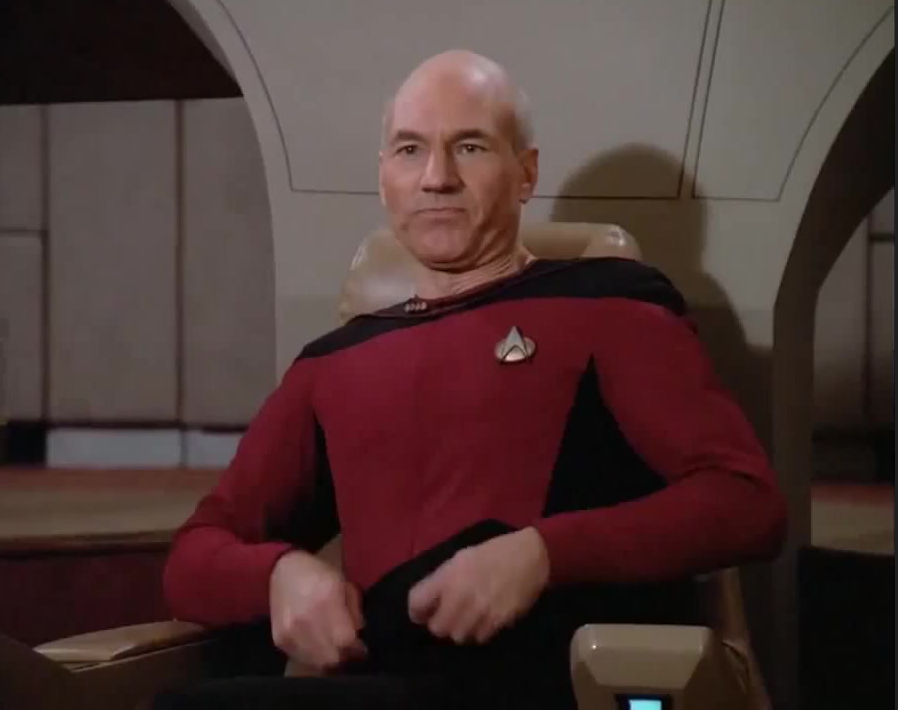I know this a a joke but in case some people are actually curious: The manufacturer gives the capacity in Terabytes (= 1 Trillion Bytes) and the operating system probably shows it in Tebibytes (1024^4 Bytes ≈ 1.1 Trillion Bytes). So 2 Terabytes are two trillion bytes which is approximately 1.82 Tebibytes
The result of marketing pushing base 10 numbers on an archiecture that is base 2. Fundamentally is caused by the difference of 10³ (1000) vs 2¹⁰ (1024).
Actual storage size of what you will buy is Amount = initial size * (1000/1024)^n where n is the power of 10^n for the magnitude (e.g kilo = 3, mega = 6, giga = 9, tera = 12)
Fact: This truth is intentionally manipulation.
OP is right with an applicable staturing the pic.
Solution: Sue the fuck out of all of them. Especially Samsung. Fuck Samsung everything.
its correct, the final size you see in the OS is not kilo/giga/terabytes but kibi/gibi/tebibytes. the problem is less of the drive and more of how the OS displays the value. the OS CHOOSES to display it in base 2, but drives are sold in base 10, and what is given is actually correct. Windows, being the most used one, is the most guilty of starting the trend of naming what should be kibi/gibi/tebibytes as kilo/giga/terabytes. Essentially, 2 Tera Bytes ~= 1.82 Tebibytes. many OS’ display the latter but use the former naming
Base 2 based displays and calling them kilobytes date back to the 1960s. Way before the byte was standardised to be eight bits (and according to network engineers it still isn’t you still see new RFCs using “octet”).
Granted though harddisks seem to have been base-10 based from the very beginning, with the IBM 350 storing five million 6-bit bytes. Window’s history isn’t in that kind of hardware though but CP/M and DOS, and
dirdisplayed in base 2 from the beginning (page 10):Displays the filename and size in kilobytes (1024 bytes).
Then, speaking of operating systems with actual harddrive support: In Unix
ls -lhseems to be universally base-2 based (GNU has--sito switch which I think noone ever uses).-h(and-k) are non-standard, you won’t find them in POSIX (default is to print raw number of bytes, no units).Technically correct with numbers is the only way to ever be correct, let alone right.
Instead of that we should protest against si k should be K
- B
- kB < — Imposter
- MB
- GB
- TB
- PB
(Since this is SI it’s powers of 10^3 not 2^10 when going one level up)
Big K is Kelvins (temperature), so the multiplier had to be little k
How unfortunate However, KiB
Imagine buying 14TB and find out that it is 12TB instead.
I’ve always known the advertised space is larger than the actual space, but it was never quite the shock as it was when I recently bought an 18TB external drive with ~16 TB usable.
18 “TB” with ~16 TiB usable 😞 they scammed us so hard they renamed TB and GB
I’d be thrilled if the SSD I bought ended up being almost 8x larger than advertised! Does beg the question of why you’re buying 250GB SSDs in 2023 but I’m not here to judge.
250gb ssd could be used as a boot drive while you use a hdd to store your files
deleted by creator
Same here 256gb ssd owner ill prefer to get something a little bit bigger but I also have a secondary hdd though to store all my files on which makes everything all good
It is 2tb. If you look in your drive manager you will see: 2tb. The 0.2tb missing are from the formatting
They’ve been doing this for literally centuries.
I think it started out with a rare case of honest advertising. So for example 720K floppies were advertised as 720K. But then some
lying bastardclever marketer decided to start advertising their 720K floppies as 1MB floppies, sometimes but not always marked “unformatted capacity”.And of course this had the desired effect of making people buy their disks instead of the honestly marketed ones, because people didn’t read the small print and thought they were getting more storage, which was important before CDs were a thing and software distributions were starting to need multiple disks. So everyone had to start doing it.
This is as far back as my memory of the practice goes, so it may have started before 720K floppies were mainstream, but that’s why disk manufacturers now advertise the unformatted capacity of their drives instead of the formatted, aka usable, capacity.
The issue is in your software that displays the capacity (most likely windows).
You bought 2 TB SSD. You got 2 TB SSD. This is equivalent to 1.8 TiB (think of it like yards and meter). Windows shows you the capacity in TiB, but writes TB next to it.
Say you buy a 2.18 yard stick. You get a 2.2 yard stick, which is equivalent to 2 meter. Windows will tell you it’s 2 yards long. Why? I don’t know.




